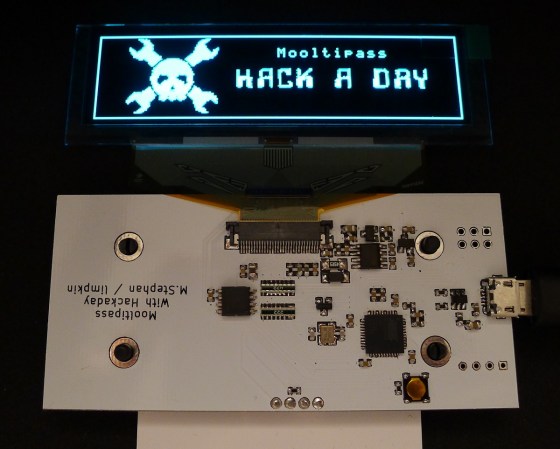[Josh Datko] was wandering around HOPE X showing off some of his wares and was kind enough to show off his CryptoCape to us. It’s an add on board for the BeagleBone that breaks out some common crypto hardware to an easily interfaced package.
On board the CryptoCape is an Atmel Trusted Platform Module, an elliptic curve chip, a SHA-256 authenticator, an encrypted EEPROM, a real time clock, and an ATMega328p for interfacing to other components and modules on the huge prototyping area on the cape.
[Josh] built the CryptoCape in cooperation with Sparkfun, so if you’re not encumbered with a bunch of export restrictions, you can pick one up there. Pic of the board below.























